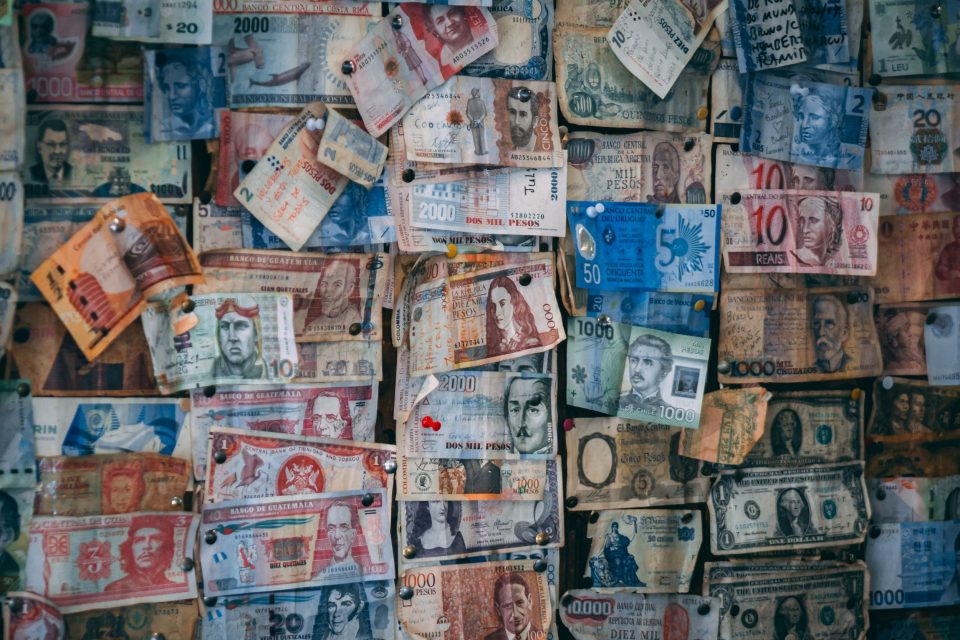What’s so good about paper? [Infographic]

The carbon footprint of paper from sustainable forests
January 22, 2021
What is National Handwriting Day?
February 10, 2021
Why do we love paper? Although many have said along the years that paper would not prevail the ongoing technological revolution, it has actually found a new place and importance in people’s lives. There seems to be a powerful connection between us and paper that we can’t substitute with anything else.
What has made paper so important? Here are some of our thoughts!
Paper has a history dating back thousands of years. Throughout this time, it has played lots of important roles in human history, the cultural transformations and the transmission of endless ideas. Apart from that, paper has also become one of the symbols of sustainability, with great green credentials to support its importance.
The evolution of paper
The first papyrus was developed in Egypt around 2,400 BC. Not only is it considered as the ancestor of paper as we know it today, but also it is the origin of the word “paper”. Although papyrus does not resemble paper in its texture, thickness or resistance, it served the same purpose as paper today – to store important information that could be passed to the next generations.
The first library appeared in 300BC in Alexandria. It was founded during the reign of Ptolemy I Soter. For years to come, it was considered as the center of scientific and literary work where great minds of the ancient times would study and store their unprecedented findings.
In China, the first “paper” was made from old fishing nets and other basic fibres. It is believed that it evolved into paper as we know it around 200BC. The recipe of papermaking was improved and standardized by Cai Lun from the Han dynasty around 105 AD.
Between 384 and 610 Chinese paper-making techniques spread throughout Asia, reaching the Middle East around 751. Although not many documents describe the process of making paper, it is believed that the technique that spread throughout the world did not undergo many changes.
The first ever paper mill in Europe was built in Spain, in the historic city of Xativa, Valencia in around 1056. The rest of Europe gradually picked up on the new trend that spread across France, Italy, Holland and Germany.
Nürnberg in Germany was an important centre of the European paper industry. Its influence began around 1390 when Ulman Stromer opened the first permanent paper mill.
By 1455, with knowledge of papermaking techniques spreading across Europe, printer Johann Gutenberg in Mainz, Germany, invented a revolutionary new way to print. The first book ever printed on the innovative printing press with movable type was the Bible that started so called “Gutenberg Revolution”.
By 1690 papermaking reached the New World. It was first introduced to America by William Rittenhouse of Pennsylvania. Paper and the printing press would later play an important role in the American revolution.
Read more about the Evolution of paper.
Paper’s green credentials: Sustainably Managed Forests
Paper comes from a renewable resource and comes from proactively managed woodland that contributes huge benefits for the environment and people.
The most important benefits of paper are:
- creating important green spaces
- contributing to local flora and fauna
- providing leisure opportunities
- supporting traditional ways of life
- helping to achieve clean air targets
- absorbing CO2 and acting as carbon sinks
Related: The myth of the paperless office & Why the planet’s future also lays in sustainably managed forests?
Paper’s green credentials: A Closed Loop Process
The paper industry enjoys one of the best closed-loop recycling systems in the world. Paper recycling rates are high and growing – in 2019, the European rate reached extraordinary 72%.
The demand for that recycled product is also high – 53.5% of the fibers used in new paper and board are sourced from paper for recycling.
People love paper!
The qualities of paper give us lots of reasons to love it:
- 69% of people prefer to read magazines in printed format
- 73% of people prefer to read books in printed format
- 70% of people regularly use printed materials to browse or shop for products
- Studies have shown that when we take paper notes instead of digital, we are more likely to engage with the material and retain the information for longer
What about you? Do you love paper?
Keep on reading: What do we love about reading on paper? & Facts and numbers about paper and print





